If you want to start incorporating more fruits and vegetables into your diet, you may have thought about juicing. However, while the idea of juicing seems easy enough, integrating it into your life can be much more challenging.
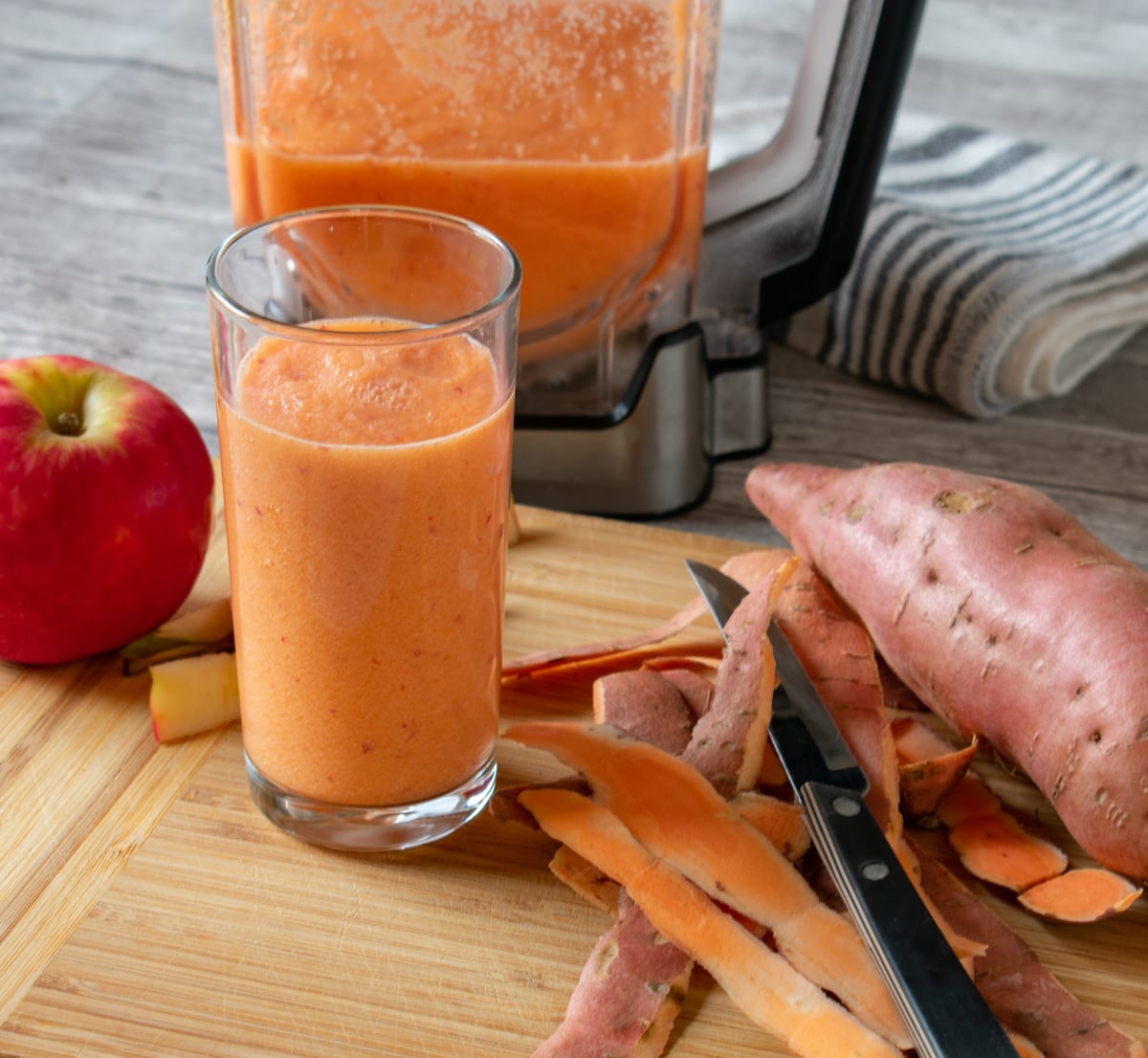
Fortunately, we're here to help. Whether you have no idea how to get started or you're looking for some pro-tips on juicing, this guide is for you. Let's begin.
Table of Contents
What is Juicing?
Simply put, juicing is the process of extracting juice from various fruits and vegetables. Some of these ingredients are better for juicing than others. For example, oranges have a high juice yield, while it's much harder to juice a banana.
There are several ways to juice, including a manual press, a handheld juicer, or an electric juicing machine. Each option has its pros and cons, which we'll discuss later.
What are the Benefits of Juicing?
Before becoming a full-time juicer, you should have something to motivate you. Here are the top reasons to start juicing:
Healthier Lifestyle
Fruits and veggies are full of vitamins and nutrients. According to the USDA, adults should be eating anywhere from five to nine servings of these foods every day. While it can be challenging to eat these items, it is relatively easy to drink them. Once you start adding these vitamins and minerals to your diet, you'll notice a host of health benefits, including improved energy, mood, sleep patterns, and more.
That said, fruits do have a lot of natural sugar, so you need to be aware of how many grams of sugar you're putting into your body. Juicing allows you to extract all the beneficial nutrients, but you don't want to undo that hard work by eating too much raw sugar. Overall, try to blend both fruits and vegetables into your beverages for more even distribution.
Less Food Waste
Unfortunately, around 30 to 40 percent of all food produced in the U.S. goes to waste. While these numbers don't illustrate which foods get tossed the most, fresh fruits and veggies do spoil the fastest, meaning that they likely make up a significant portion.
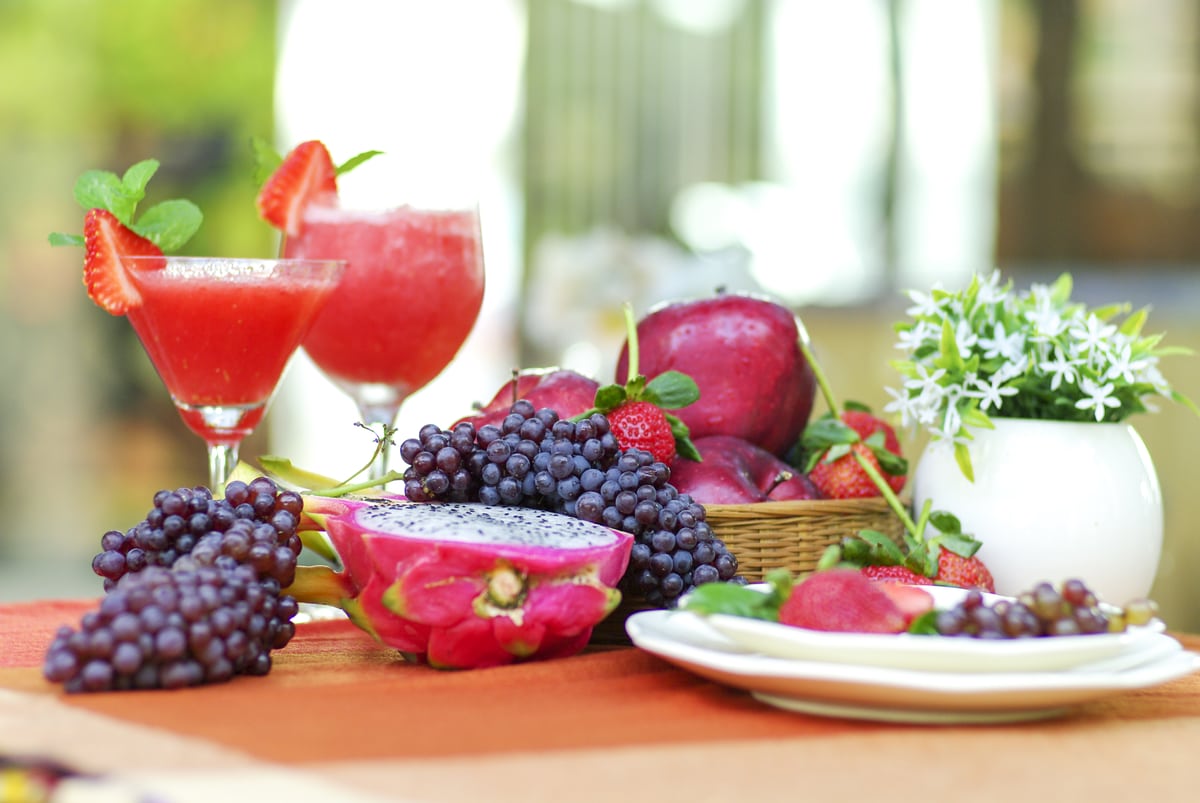
If you're tired of throwing food away each week, juicing allows you to get more bang for your buck. Depending on the type of juicer you use, you can store fresh juice for days or weeks at a time, enabling you to make large batches and drink them throughout the week.
Also, while you may not want to bite into a fruit or veggie that is starting to spoil, it's much easier to juice it and drink it instead. Plus, you can combine older foods with newer ones to ensure that your juice tastes fresh and fabulous.
What You'll Need to Start Juicing
Now that we've covered the benefits of juicing, let's take a look at the various juicing equipment you need to get started. Chances are that you have some of these gadgets in your kitchen already, but if not, you can use this guide as an excuse to go on a mini-shopping spree.
Knives
Technically speaking, any knife will work for juicing, as long as you know how to use it. However, there are a few specialty knives that can make short work of your ingredients, such as:
- Paring Knife - This is a smaller blade that gives you more control of your cutting method. Many chefs use paring knives to peel fruits and vegetables, thanks to their sharp edge and agility.
- Santoku Knife - While a standard butcher knife will do, santoku knives are a bit better at cutting through tough rinds. You get better accuracy with these blades, and most santoku knives hold a much sharper edge than other varieties.
- Vegetable Knives - Believe it or not, some knife styles are explicitly designed for vegetables. You can even buy a tomato knife, which comes with a two-pronged tip to make it easier to pull the top off. While you don't have to go all out with your knife selection, just know that there are more options than you might realize.
Jars/Glasses
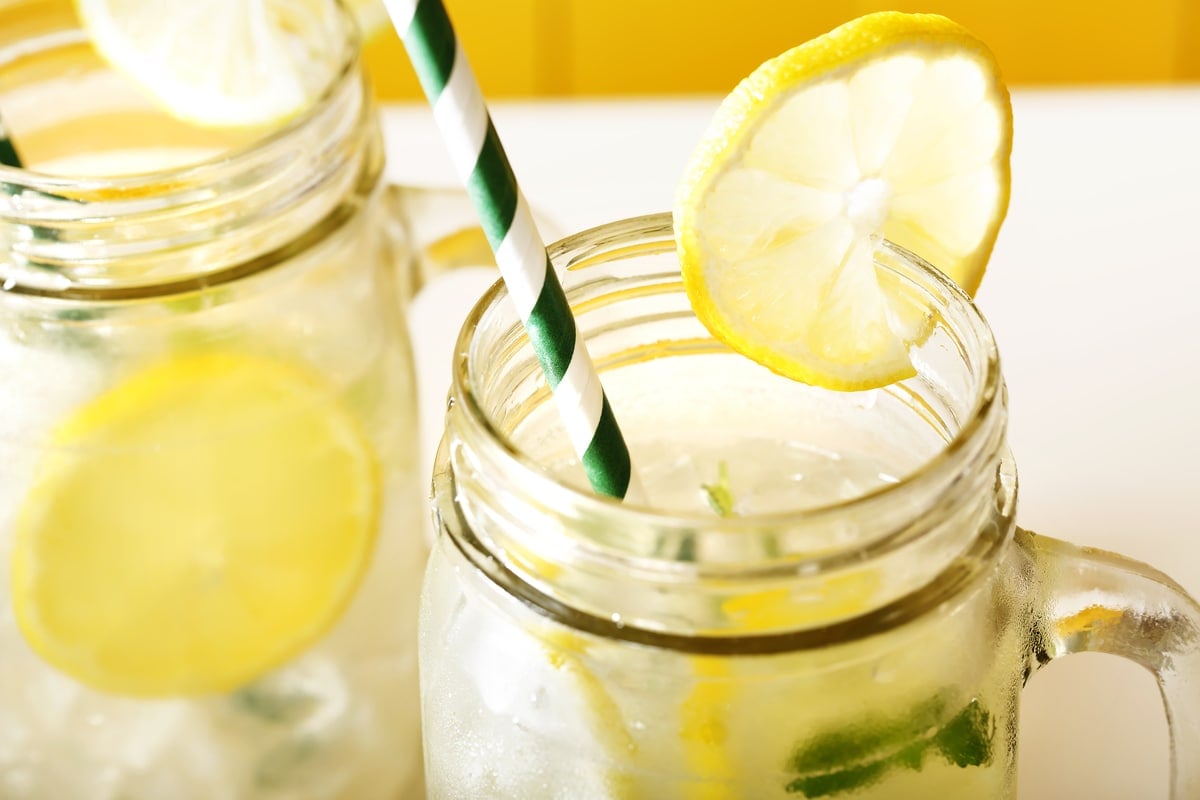
Once you make your juice, are you going to drink it right away? In some cases, it's better to juice a large batch of fruits and vegetables and store the rest for later. One reason to bulk juice is if you don't have time to make fresh beverages in the morning. Another reason is to ensure that your ingredients don't spoil before you have a chance to juice them.
If you plan to bulk juice, we highly recommend mason jars with lids. Glass jars keep food fresh for longer, and the screw-top lid ensures that microbes don't get into your beverages. Plus, it's much easier to see the type of juice inside. You can also tape labels to the lids for even better storage and organization.
Another point to consider is freezing your juice. Mason jars work well in both the fridge and freezer, making them highly practical and versatile. We suggest buying enough jars to drink juice for at least a whole week (i.e., seven to 12). This way, you can make a large batch without having to store too many glasses in your cupboards.
Cutting Board
Since you'll be slicing and dicing your fruits and veggies, you need a safe space on which to do it. Cutting boards come in all shapes and sizes, but consider these factors when buying one for juicing:
- Will it capture runoff? - If you want cleanup to be a breeze, buy a cutting board with a drip ring. These rings are usually made for meats, but they work for juicing as well.
- Is it big enough? - Depending on how many ingredients you'll be juicing, you want a board that can hold as many items as possible. If it's too small, you'll have to work more to get the job done.
- Will it stay in place? - Some cutting boards have rubber feet or backings to prevent them from sliding. Since you'll be cutting through tough peels, we highly recommend avoiding slips and potential bloody messes.
- Is it dishwasher safe? - Nothing is easier than tossing your cutting board into the washer afterward. However, some models (usually wooden boards) are not dishwasher-safe.
Scrap Bin or Composter
Although juicing allows you to use more fruits and veggies, plenty of parts won't go into your final beverage. Juicers will leave rinds, peels, and pulp behind, so you have to plan accordingly. So, having a scrap bin makes cleanup even more effortless. If possible, buy a container that hooks to the bottom of the counter. This way, you can slide all of your excess waste in without having to hold it in place.
Another point to consider is composting your leftovers. Composters are excellent for the environment and allow you to make natural fertilizer for your lawn or garden.
Juicer
The star of the show is the juicer itself.
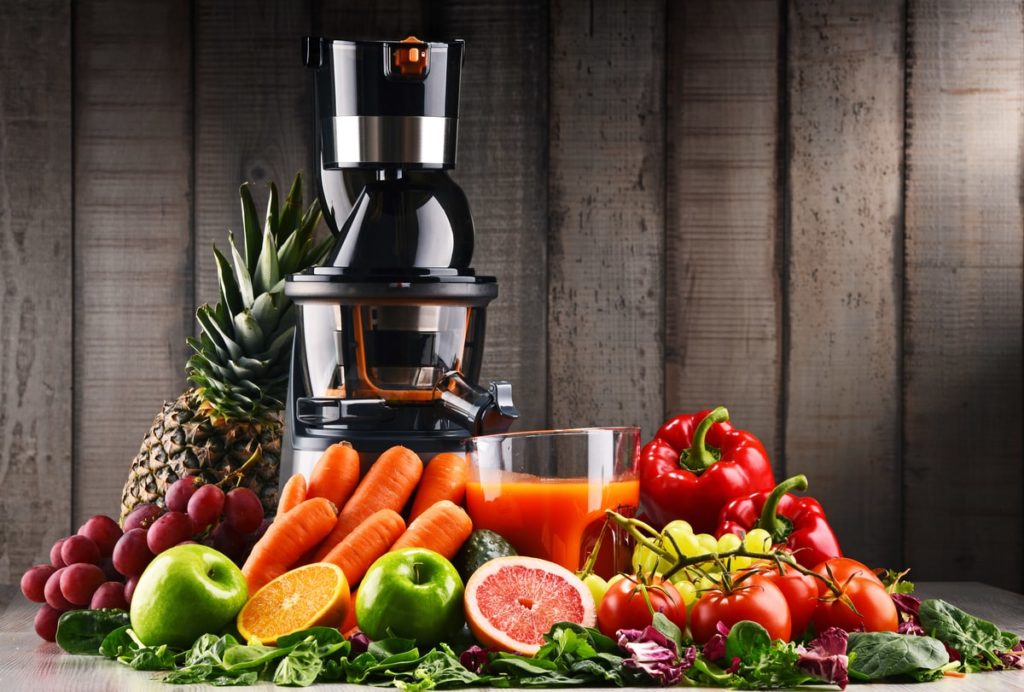
However, as we'll discuss in the next section, the type of juicing equipment you choose will make a considerable difference. Some elements to pay attention to when comparing juicers include:
- Size and Weight - How much countertop space can you devote to juicing? Horizontal juicers take up more room, while vertical centrifugal juicers have a smaller footprint.
- Cost - Some high-end juicing gadgets can come with a steep price tag. If you're serious about juicing, this expense is worth it, but not everyone has several hundred bucks to spend.
- Juice Yield - Centrifugal juicers are fast and efficient, but they can leave a lot of excess fluid behind. Masticating and triturating juicers extract more nutrients, but they are expensive and slow to work.
- Cleanup - One part of juicing you need to prepare for is the amount of cleanup involved. Some juicing machines have self-cleaning functions, which can be a huge relief.
Vacuum Sealer (Optional)
Finally, if you want to get the most out of your ingredients, you can use a vacuum sealer to keep them fresh for longer. This machine is ideal when you juice one beverage at a time. Since you'll likely have half-sliced fruits and veggies, you can vacuum-seal them instead of tossing them into a baggie for later.
Vacuum sealers also work well for storing whole ingredients. If you're not sure when you'll be able to juice your foods, you can seal them tight so that they don't wind up in the trash.
Choosing the Right Juicer
There are four primary options when picking a juicer: manual, centrifugal, masticating, and triturating. Here is a breakdown of each type and how they work.
Manual Press
If you want equipment that's affordable and easy to use, a manual juicer is an excellent choice. These devices are simple and last forever, so you never have to worry about overheated motors or broken gears. That said, manual press juicers have some significant limitations, including:
- More Effort - Bulk juicing is almost not an option unless you like giving your arms a workout.
- Limited Juicing Capacity - Manual juicers primarily work on "juicy" ingredients, like citrus or mangos. If you want to extract juice from drier fruits and veggies, you'll likely strain your arm in the process.
- Lower Juice Yield - Since these machines are hand-powered, you can only get so much fluid from your foods. The juicing design is also less efficient than a masticating or twin-gear juicer.
Ideal For: Those who want fresh-squeezed orange juice and don't want the hassle of an electric juice fountain.
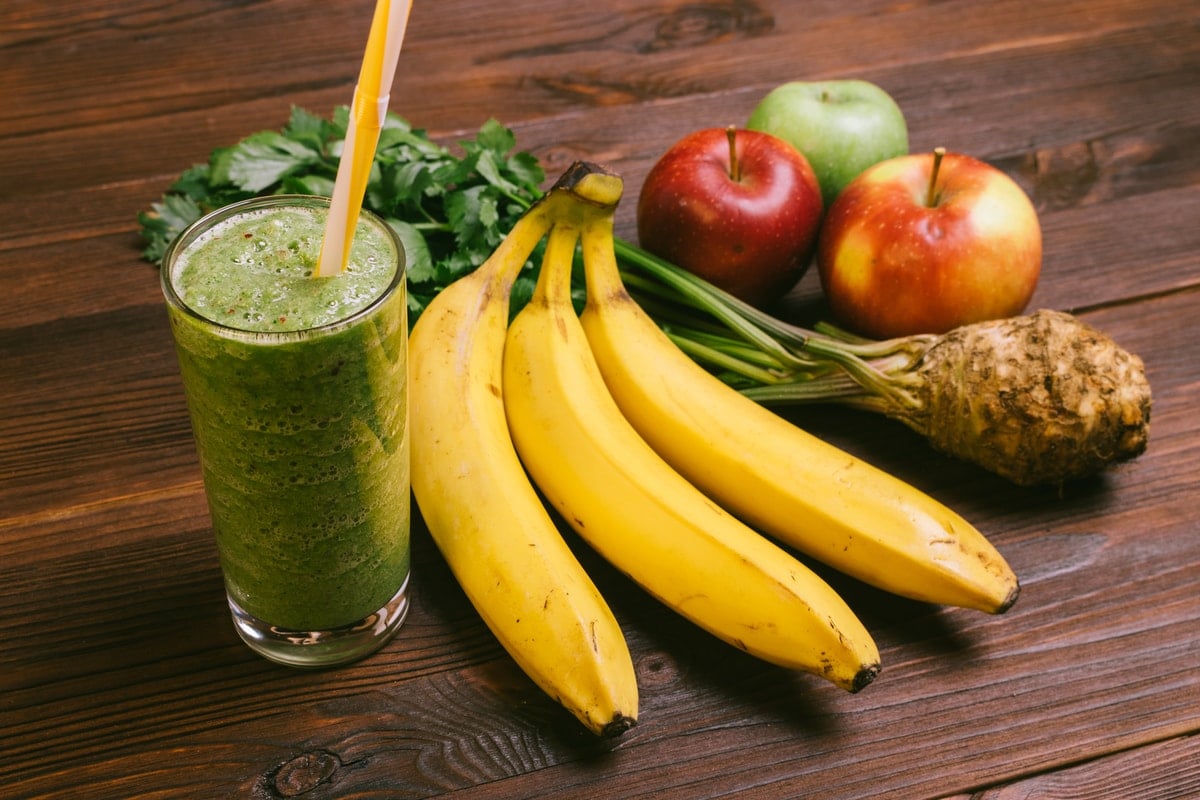
Centrifugal
These juicers are a giant leap forward compared to manual devices. Centrifugal juicers work similarly to a blender, but they have a different setup. Rather than mixing everything together, these gadgets separate the juice from the pulp so that you can drink with impunity.
Vertical centrifugal juicers are fast and efficient. Typically, you can make a full cup of juice in a few minutes. Since these devices have strong motors, they can power through most fruits and veggies. That said, fibrous ingredients (i.e., celery) can sometimes get clogged. Fortunately, most centrifugal models have a reverse function to alleviate this problem.
The primary downside of centrifugal juice fountains is that they can leave quite a bit of juice with the pulp. Not only can this flaw create more waste, but it forces you to use more ingredients to get the same juice yield.
Ideal For: Individuals who don't have much time to devote to juicing. Some centrifugal models come with a self-cleaning setting, making them even more convenient.
Masticating
Mastication is the act of chewing, and that's precisely what these juicers do. Instead of using a high-powered blade to extract nutrients, these machines use a grinder. Masticating juicers are often horizontal, meaning that they take up more room on your countertop. The motors are also heavier, so they can be cumbersome to put away.
There are a few advantages of using a masticating juicer, however, including:
- Versatility - These devices can juice almost anything, thanks to their design. Typically, you can make nut butter too.
- Higher Juice Yield - Since masticating juicers work slower than centrifugal models, they can extract more fluids from the ingredients.
- Longevity - While centrifugal juicers can overheat and burn out relatively quickly, masticating juicers don't have that problem. Since the gears spin more slowly, they endure less wear and tear.
Overall, masticating juicers are ideal juicing equipment for serious enthusiasts. However, because they can take much longer to produce a full cup of fresh juice, you have to plan your day accordingly. Ideally, you can bulk juice with these machines.
Ideal For: Those who want to get more out of their juicer and ingredients.
Twin-Gear
Finally, twin-gear or triturating juicers are the ultimate juicing gadgets for nutrient extraction. Instead of using one gear to grind your fruits and veggies, these juicers use two for maximum yield. Triturating juicers are built tough and will last for decades, making them a wise investment. However, they do have a much higher price tag, so be aware when comparing models.
Ideal For: Serious juicers can get a lot out of these machines. Not only can they deliver the best juice, but they can also make pasta and nut butter easily.
How to Start Juicing
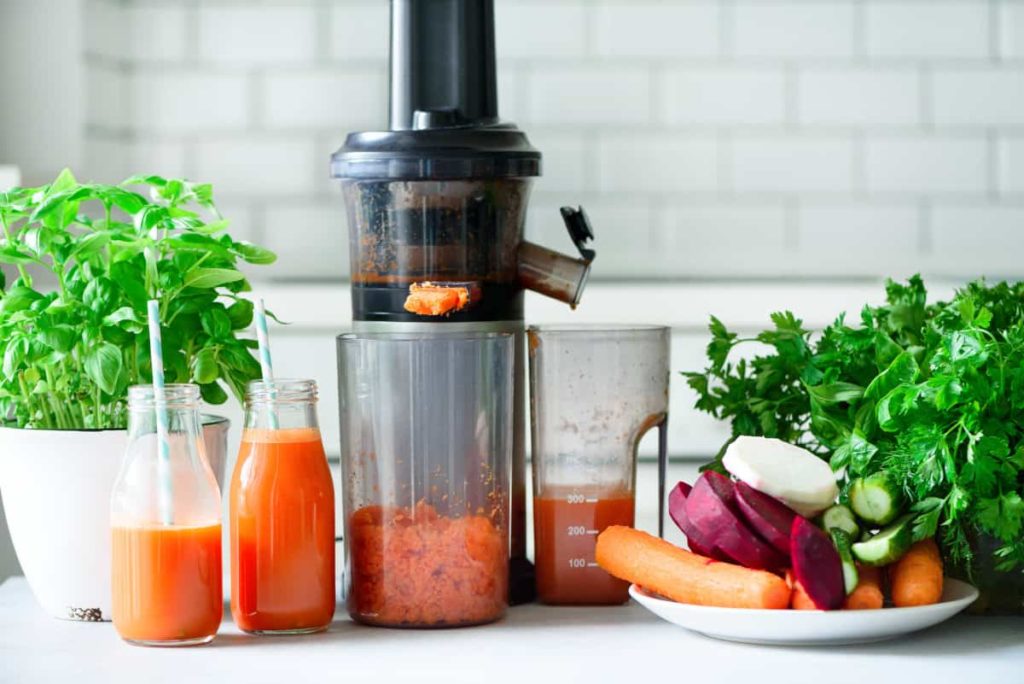
Buying all the necessary juicing equipment is just the first step; now, you have to know how to use everything. Here are some pro-tips on how to start your juicing lifestyle.
Step One: What Are Your Goals?
We discussed the health benefits of juicing, but you should get more specific with your individual goals. Some options can include:
- Weight Loss - Juicing can help you avoid higher-calorie beverages and dishes, which allows you to lose weight. Some foods can also make it easier to burn fat. Finally, fruits are high in fiber, which helps you feel full for longer.
- Digestive Health - If you experience stomach problems regularly, juicing can provide some excellent relief. Not only can you add more fiber to your diet, but you can avoid bloating and indigestion.
- Hydration - We all know that we're supposed to drink eight glasses of water per day. While it can be tough to reach that with plain water, it's much easier with juice. Fruits and veggies are an all-natural source of fluids, which help you stay hydrated all day long.
Once you know your juicing objective, it's much easier to figure out which ingredients will help you get there.
Start Small
One thing you may be unprepared for when you start juicing is how many ingredients you need for a full cup. While some foods have a high juice yield (i.e., oranges), others don't. For example, it takes roughly nine full-sized carrots to make one cup of juice, compared to three oranges.
So, when beginning your juicing journey, don't bite off more than you can chew (or juice). Start with the easy ingredients and go from there. This way, you can adapt to the learning curve and make adjustments as you go. If you tried complicated juicing recipes out of the gate, you might get overwhelmed.
Use Juicing Recipes
After a while, it's easy to get into a juicing rut. To help expand your repertoire, look up juicing recipes online. Fortunately, there are tons of options available, and you can find recipes that fit your objectives. There are a couple of benefits to doing this:
- First, you can figure out which fruits and vegetables are the best for juicing.
- Second, you can meet other juicing enthusiasts and get advice and tips on maximizing your benefits.
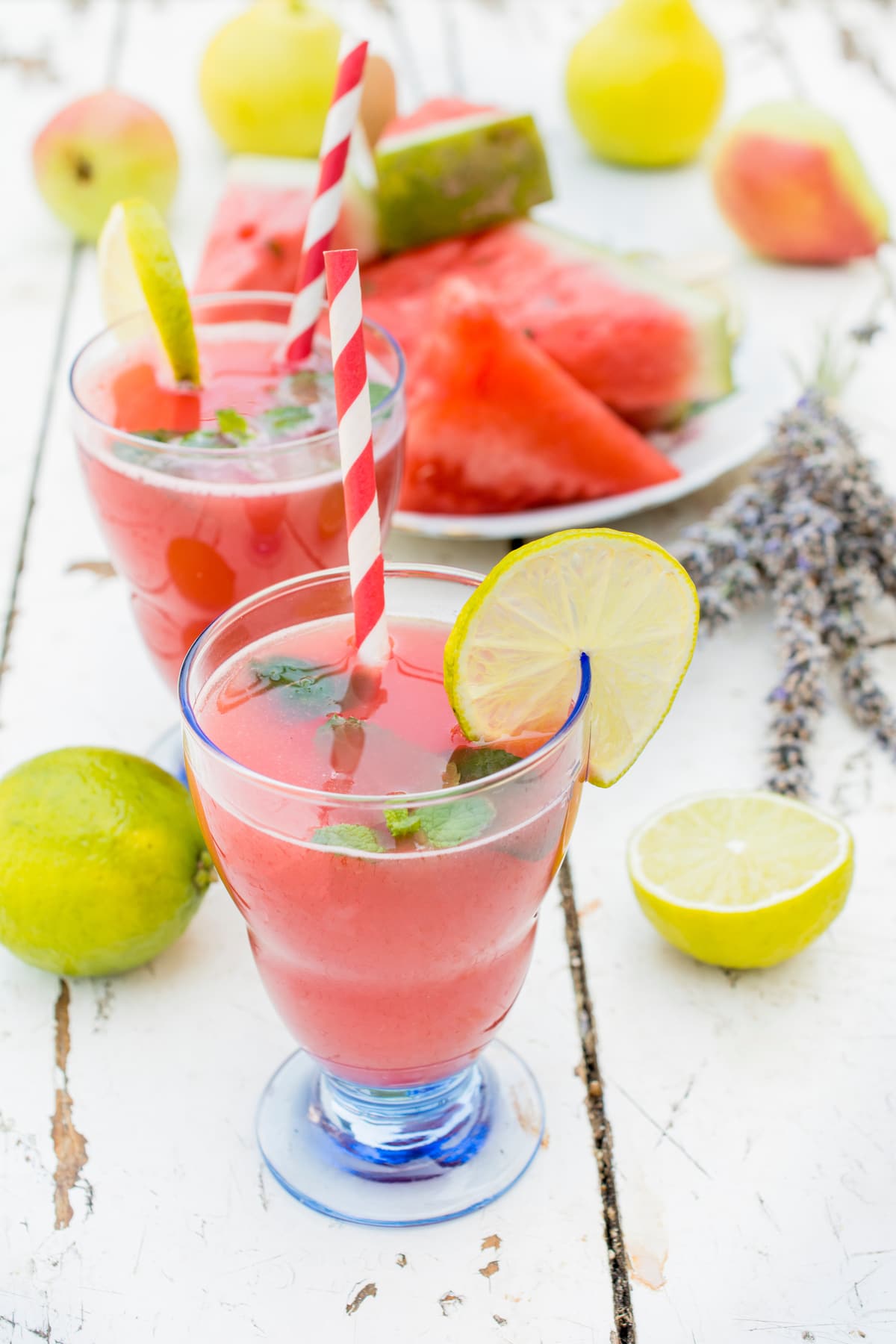
Clean and Maintain Your Equipment
No one likes cleaning up after juicing, but it is vital to ensure your equipment's longevity. Since these foods have sugar, leaving your juicer dirty can cause it to rust and break down relatively fast. We recommend rinsing and cleaning everything immediately. However, if you don't have time, be sure to wash off as much pulp and leftover juice as possible. Otherwise, you may have to buy a replacement juicer much faster than you want.
Juice Your Way to a Healthier Life!
Juicing can be a fun and rewarding way to get healthy. Once you get started, you'll want to start juicing as much as possible. Remember, there are no rules, so get wild and experimental with your juicing habits.

Leave a Reply